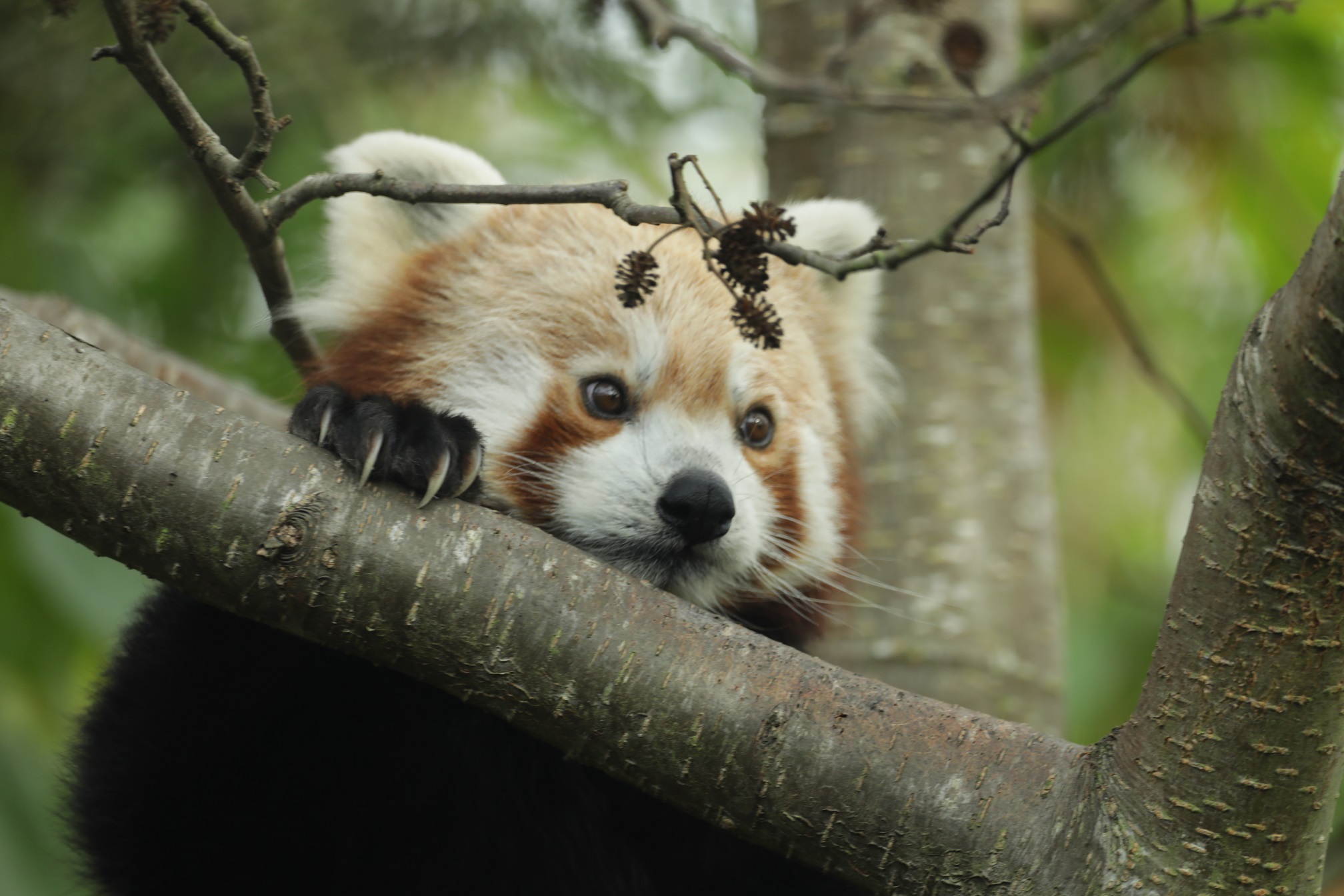Medicinal leech
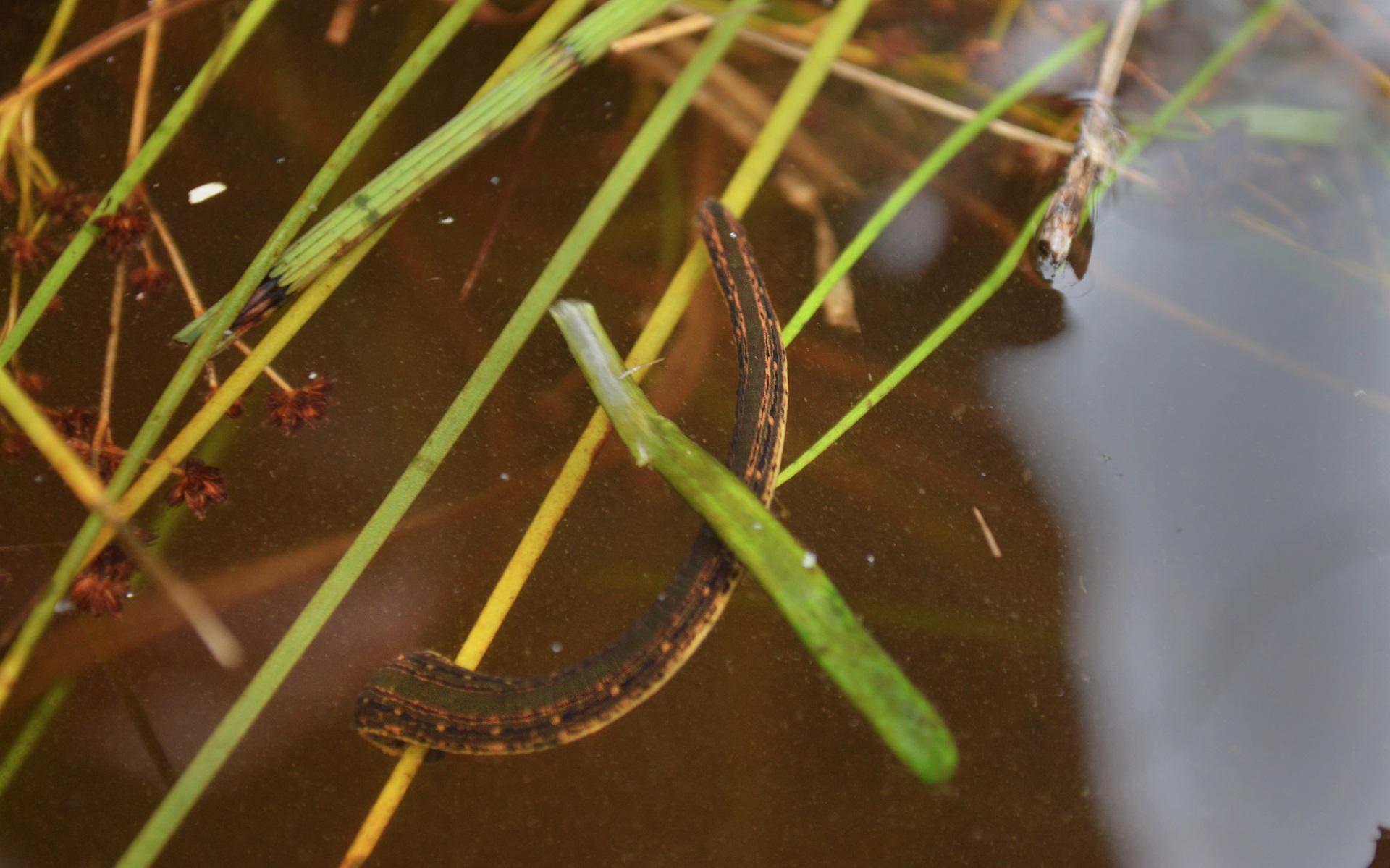
Invertebrates play crucial roles in keeping ecosystems healthy and functional. From pollination to waste recycling, to filling crucial links in food webs, invertebrates do it all! If we want to save big, fluffy species, we need to conserve wee beasties too – even bloodsuckers like the medicinal leech (Hirudo medicinalis).
This species is a type of worm, but unlike their land-dwelling earthworm cousins, medicinal leeches spend most of their time in water and feed exclusively on blood. They have two suckers, a posterior (back) sucker, used as leverage to move and an anterior (front) sucker, used for feeding.
These fascinating animals were historically used at a massive scale in medicine around the world. Overharvesting of leeches for medical purposes, combined with habitat loss and freshwater pollution has resulted in a decline of the species. Medicinal leeches are found in just three locations in Scotland and are classed as Near Threatened globally by the IUCN.
To boost the population of medicinal leeches in Scotland, in 2023 RZSS started a conservation breeding programme for the species in a specially designed facility at Highland Wildlife Park. Working in partnership with Buglife as part of the Species on the Edge Initiative, we aim to breed enough leeches to start new populations in suitable lochs around the country.
Our Partners and Funders
Project type

Conservation translocation
The team
Project updates
Date: July 2024
The medicinal leeches in our dedicated breeding facility at Highland Wildlife Park have started to produce egg cocoons - made out of their own slime! Each cocoon helps protect the tiny vulnerable leech eggs inside. This is incredibly exciting news and bodes well for a good first breeding season.
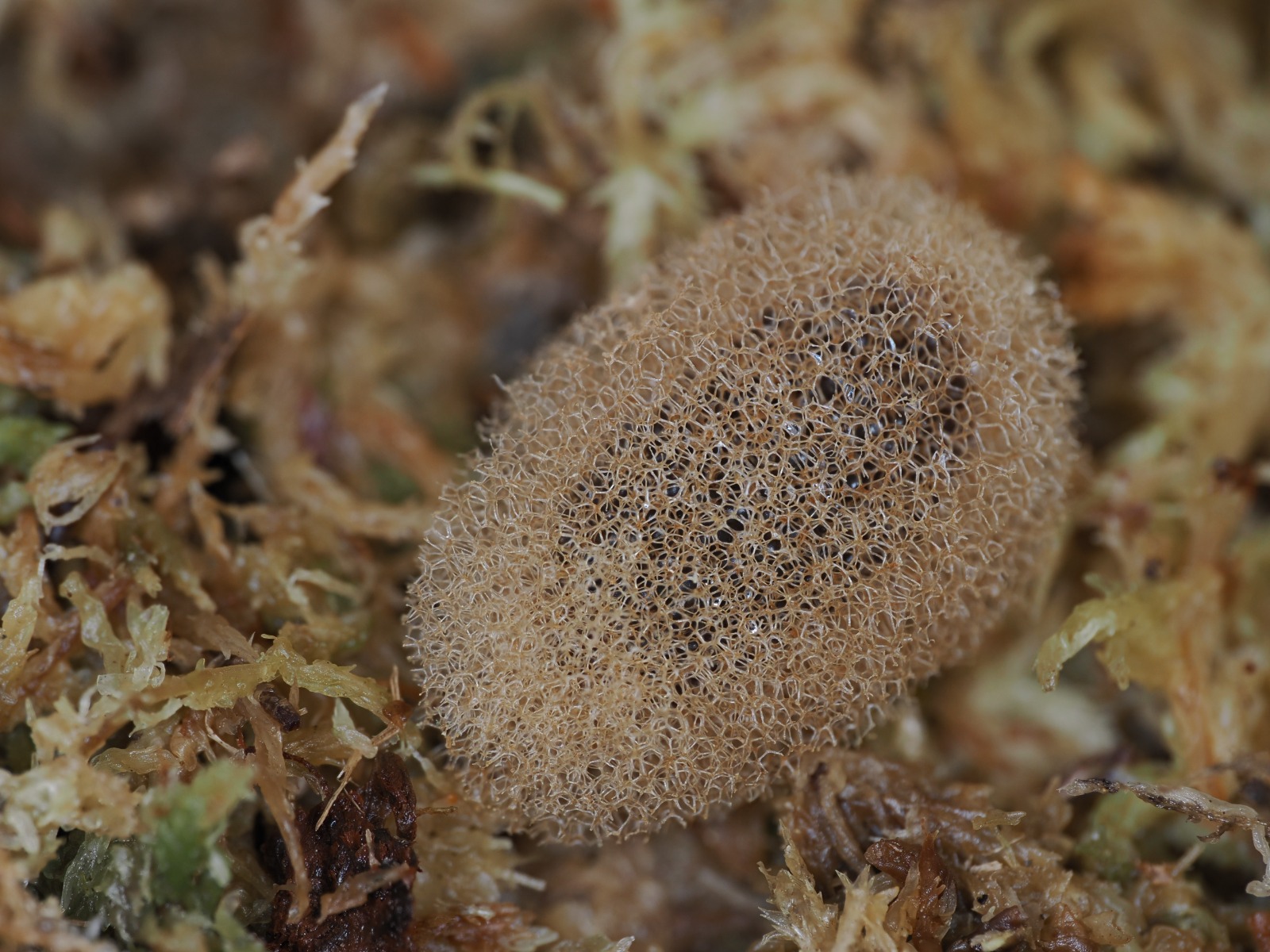
Related news
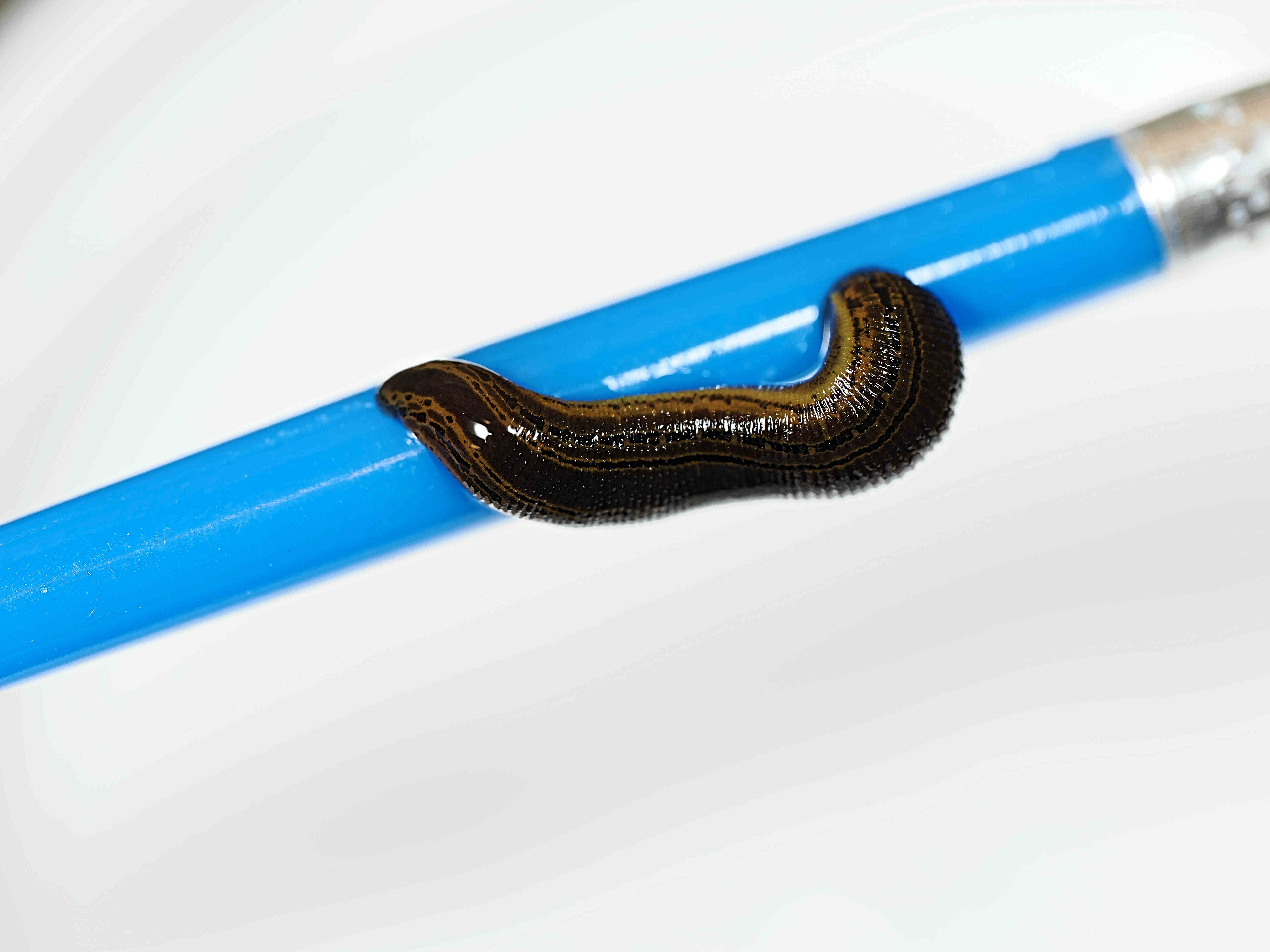
01 Nov 2024
Three minute read
Ways you can support
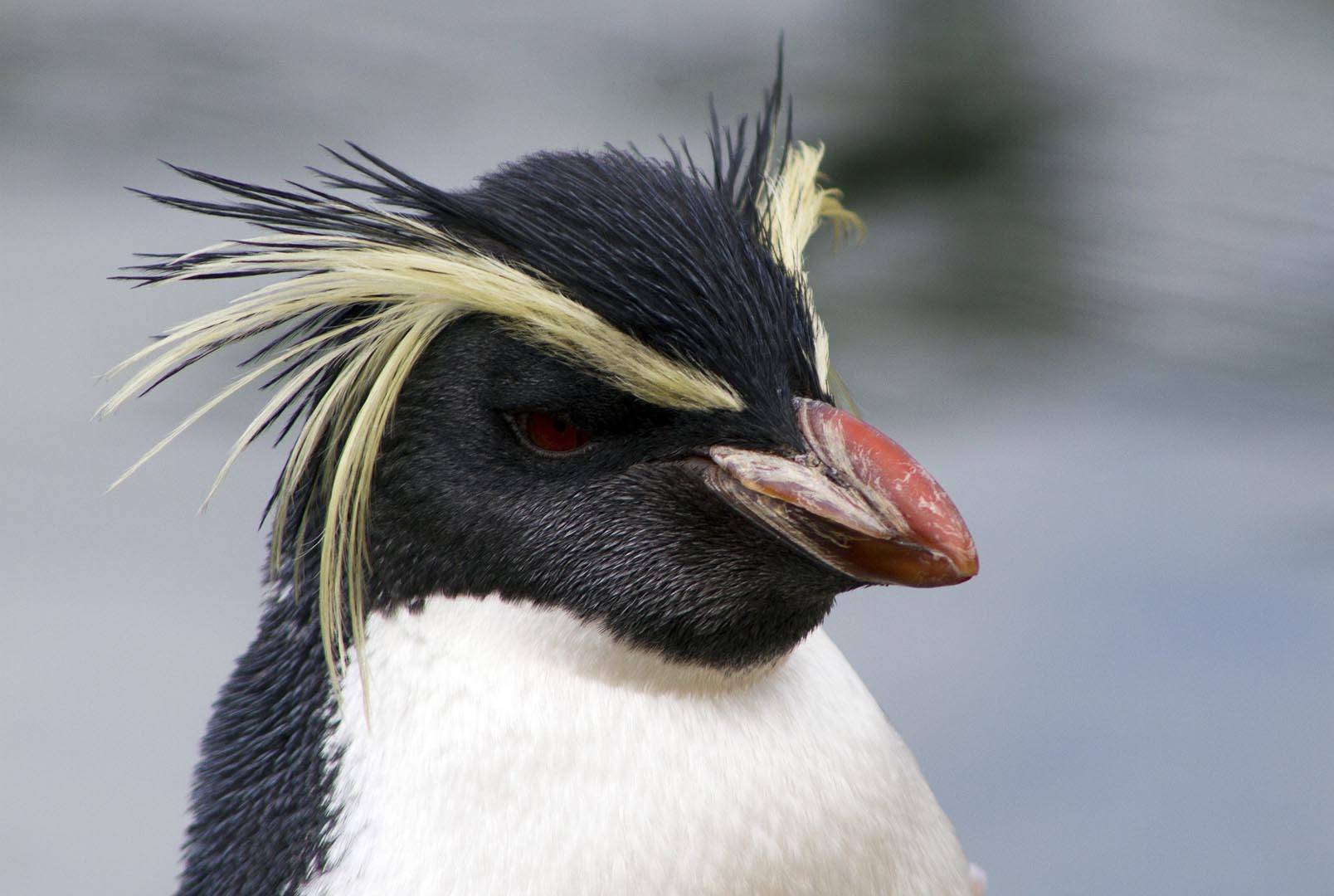
Become a Conservation Champion
Conservation Champions are helping to save 50 of the world's most endangered species from extinction. Give from £1 a week to £1 a day and join a growing group of caring people like you, committed to saving animals in danger.
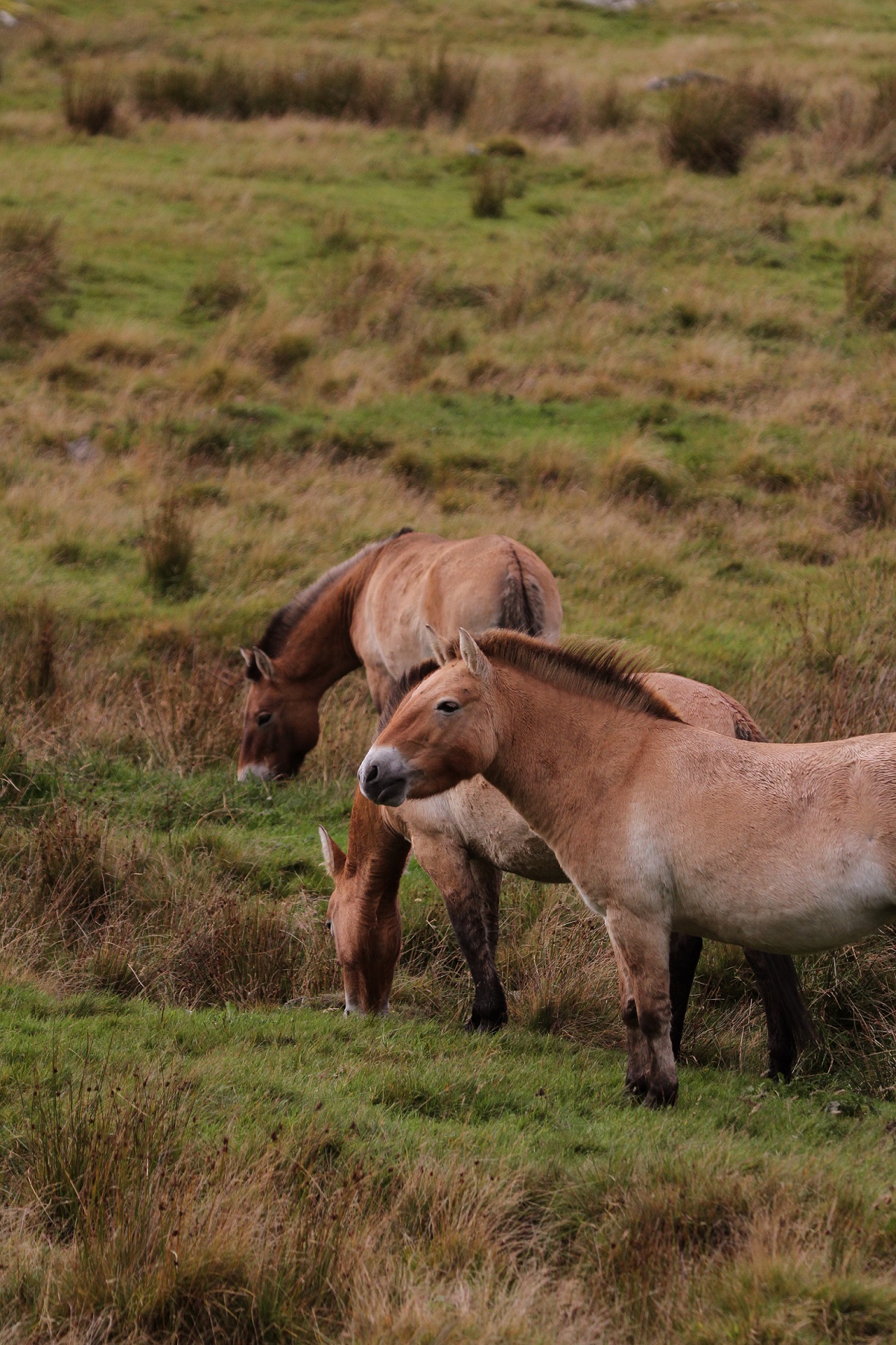
Connect your business to nature
You can get involved in our work via corporate partnerships, corporate sponsorships, exclusive volunteering opportunities, in-kind gifts and much more. Being a corporate partner is a unique path to meeting your business and corporate social responsibility needs.

Join RZSS as a member
RZSS membership provides much more than just free entry to Edinburgh Zoo and Highland Wildlife Park. Your membership helps support our charity's conservation work around the world.





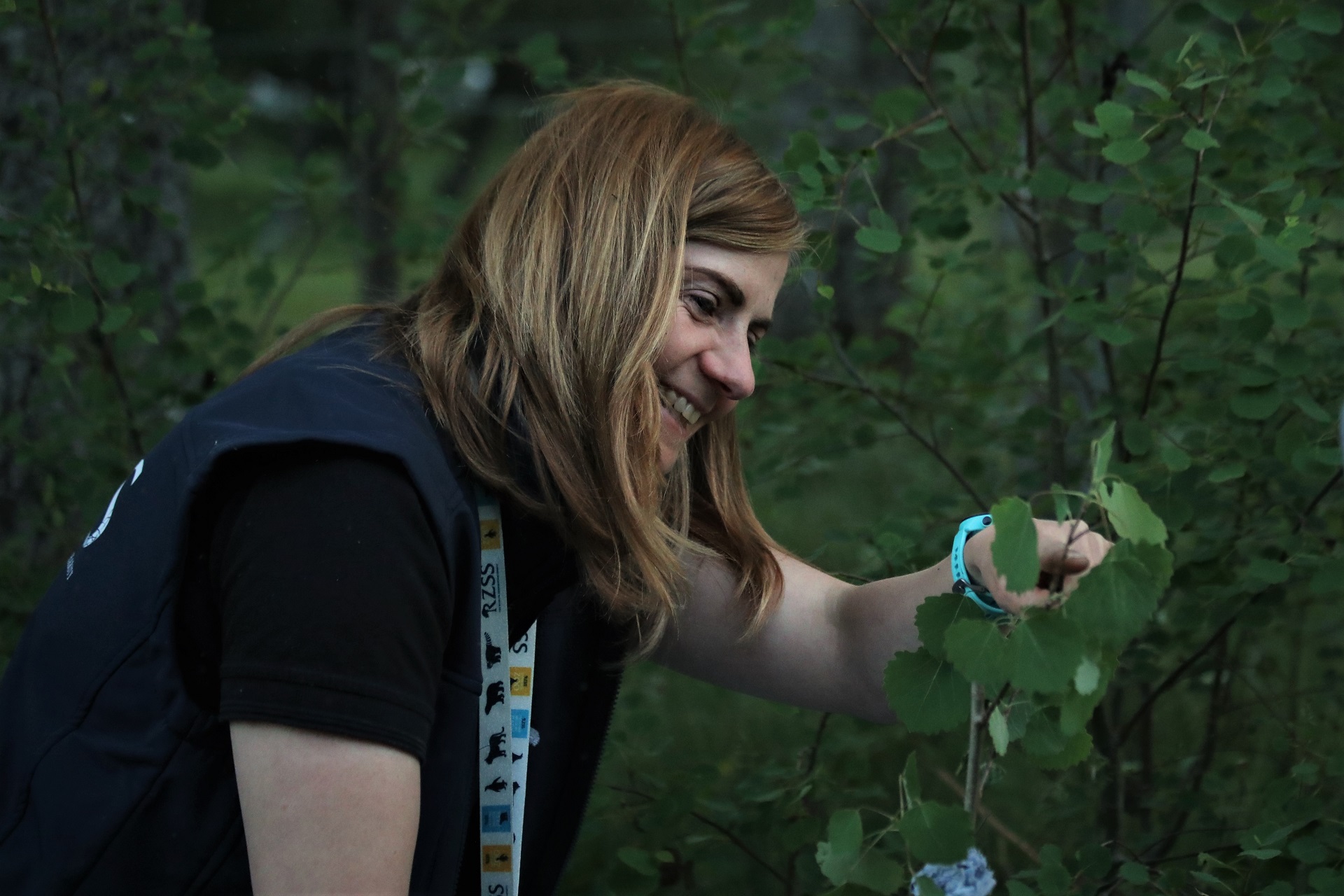
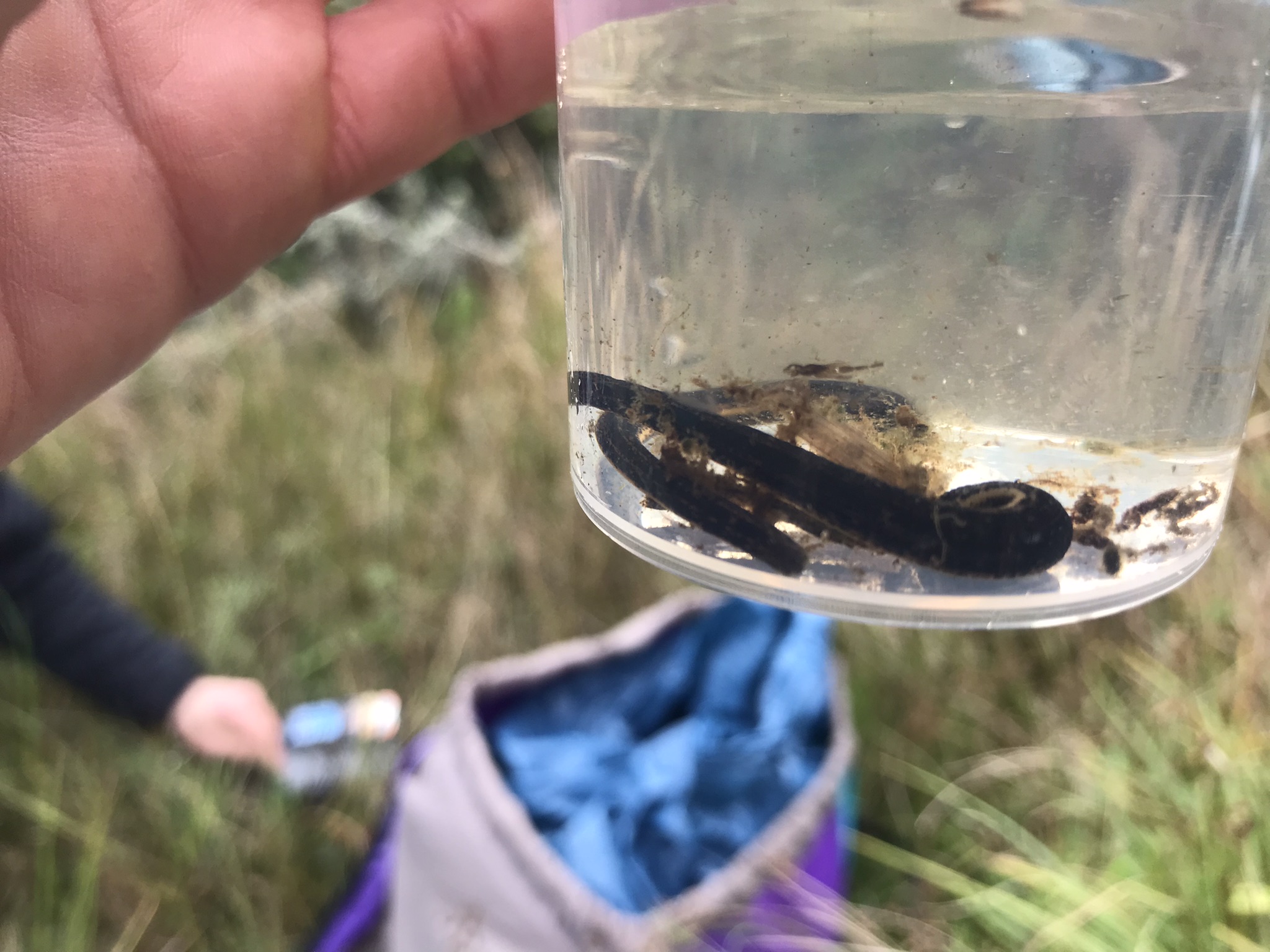
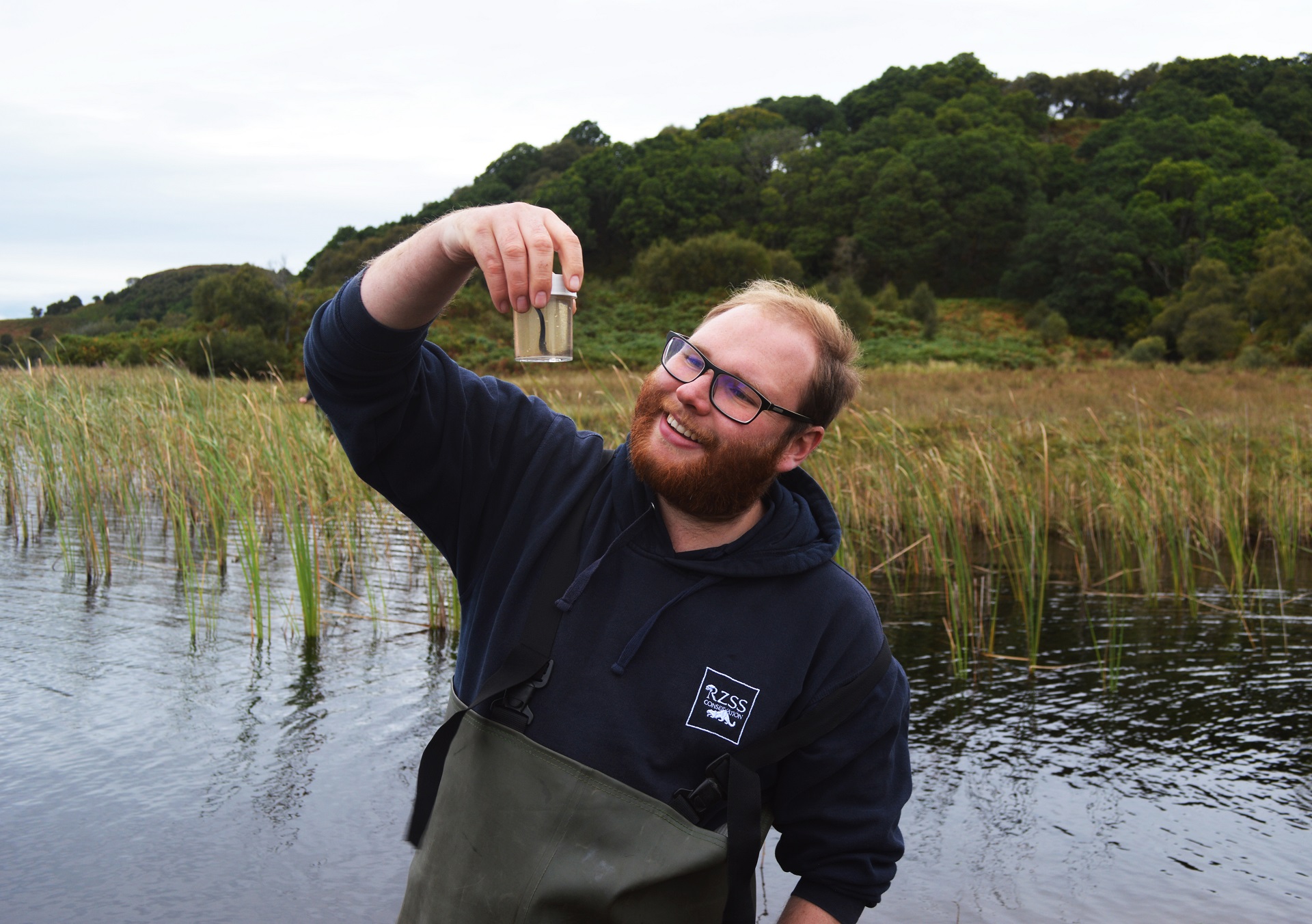
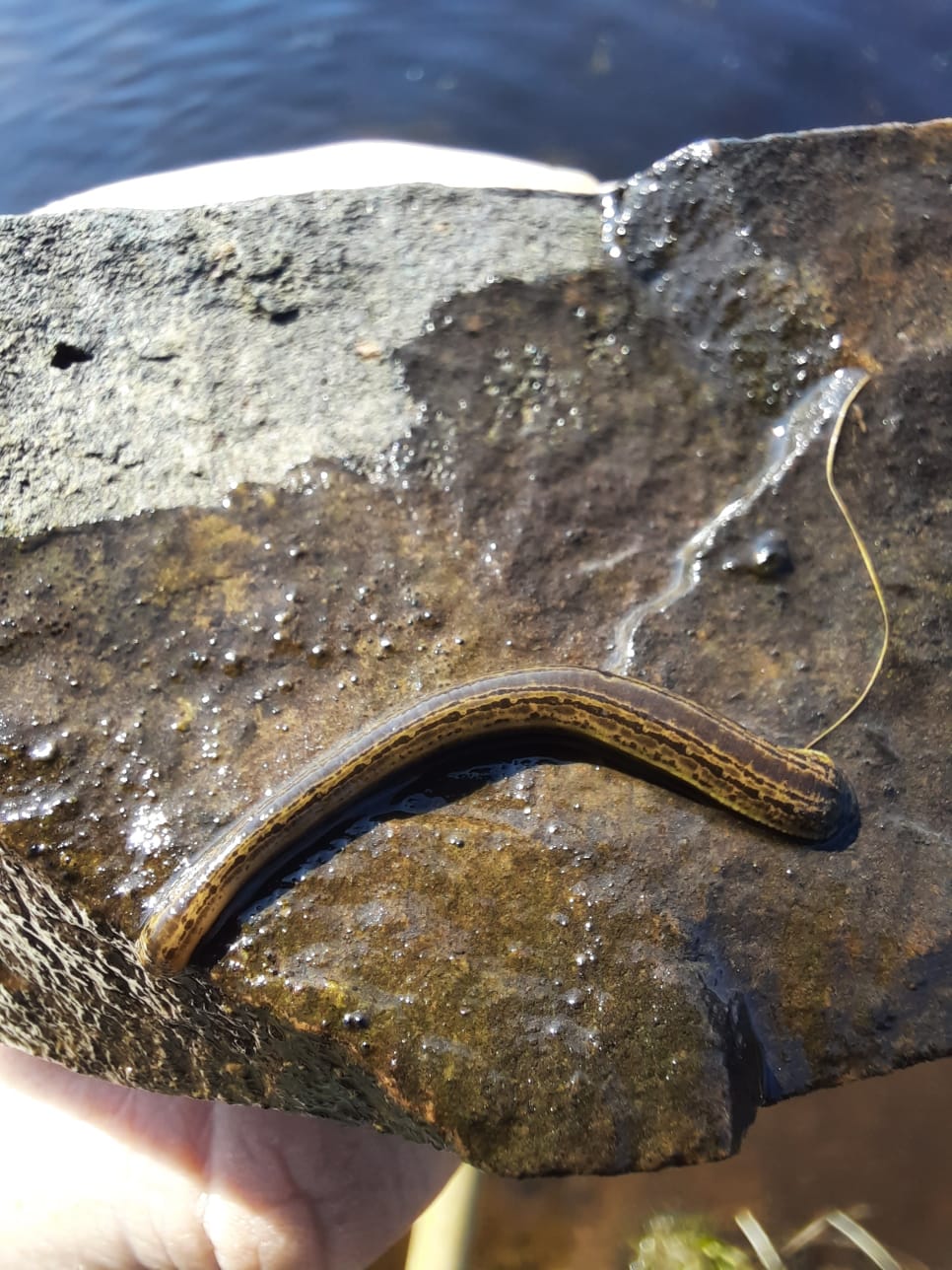

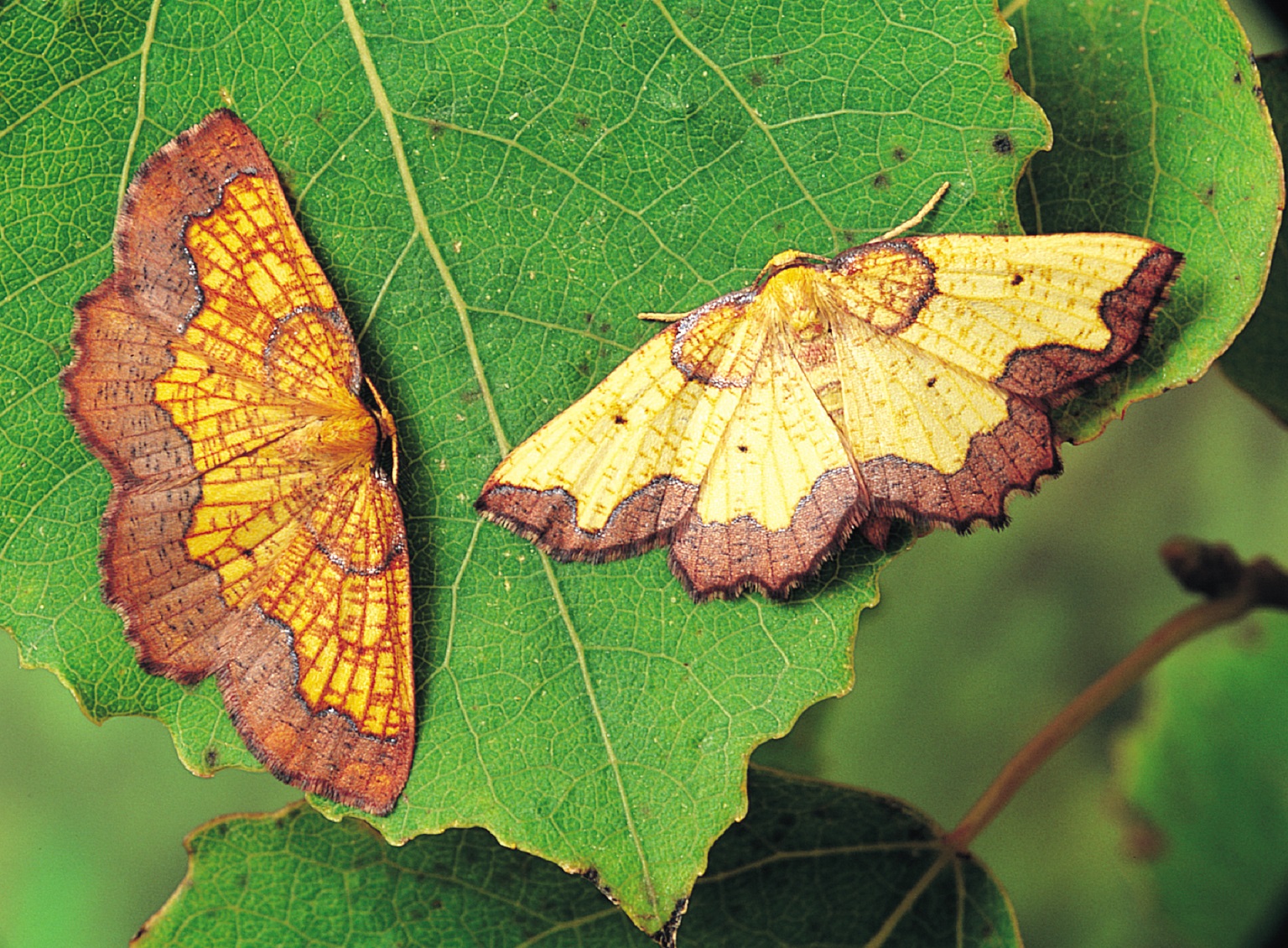
/icas anteater 2.jpg)
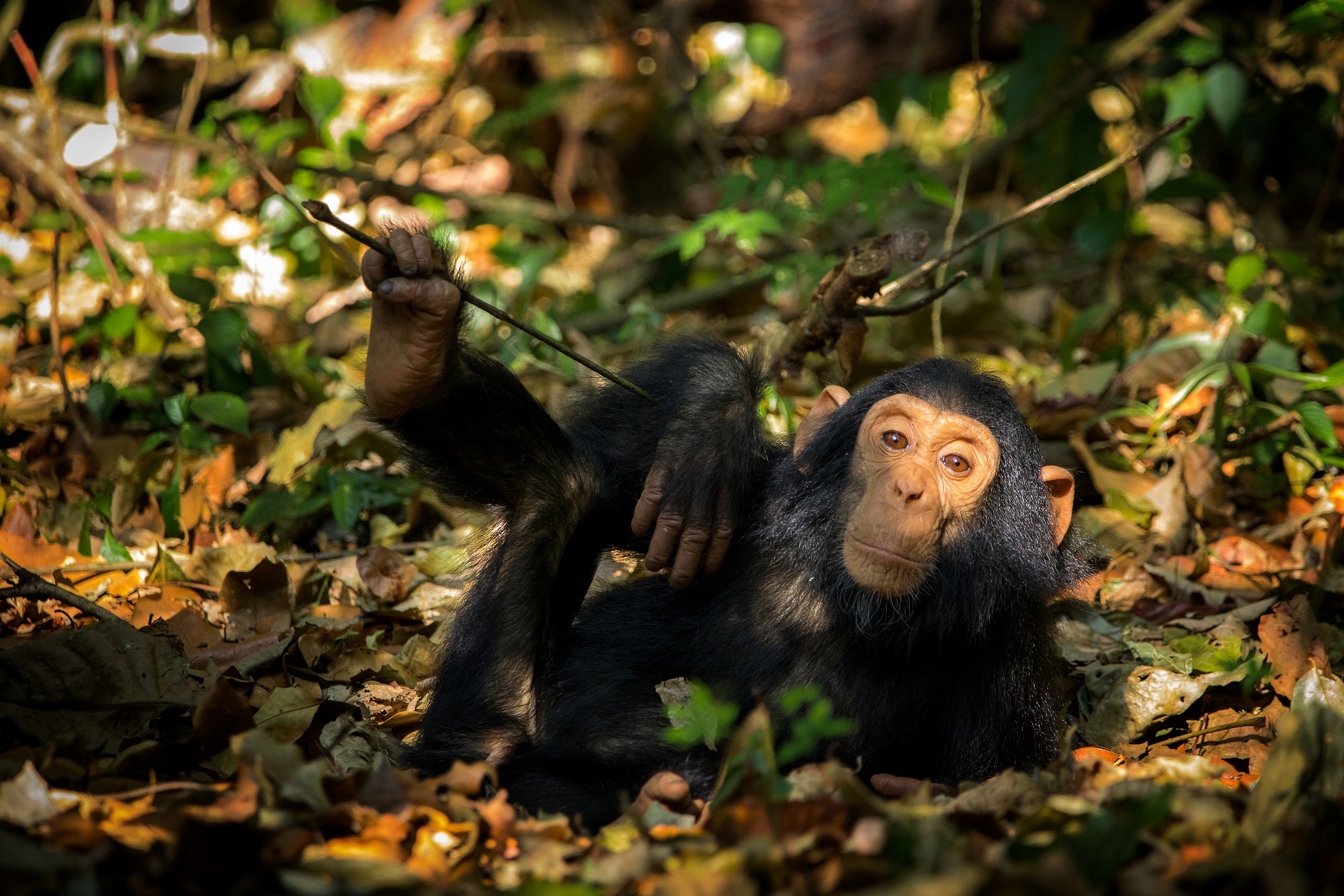
/giant_armadillo_pantanal.jpg)
